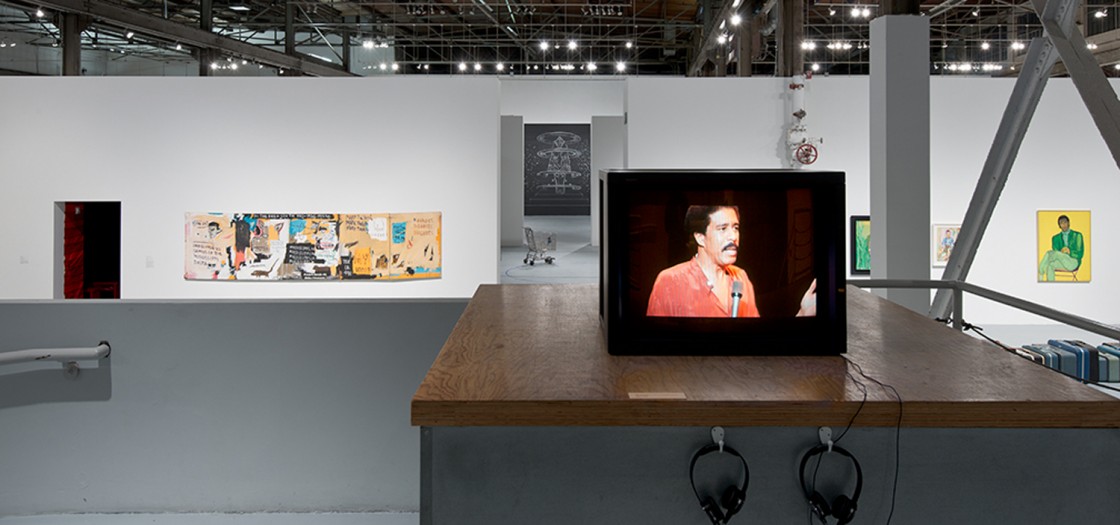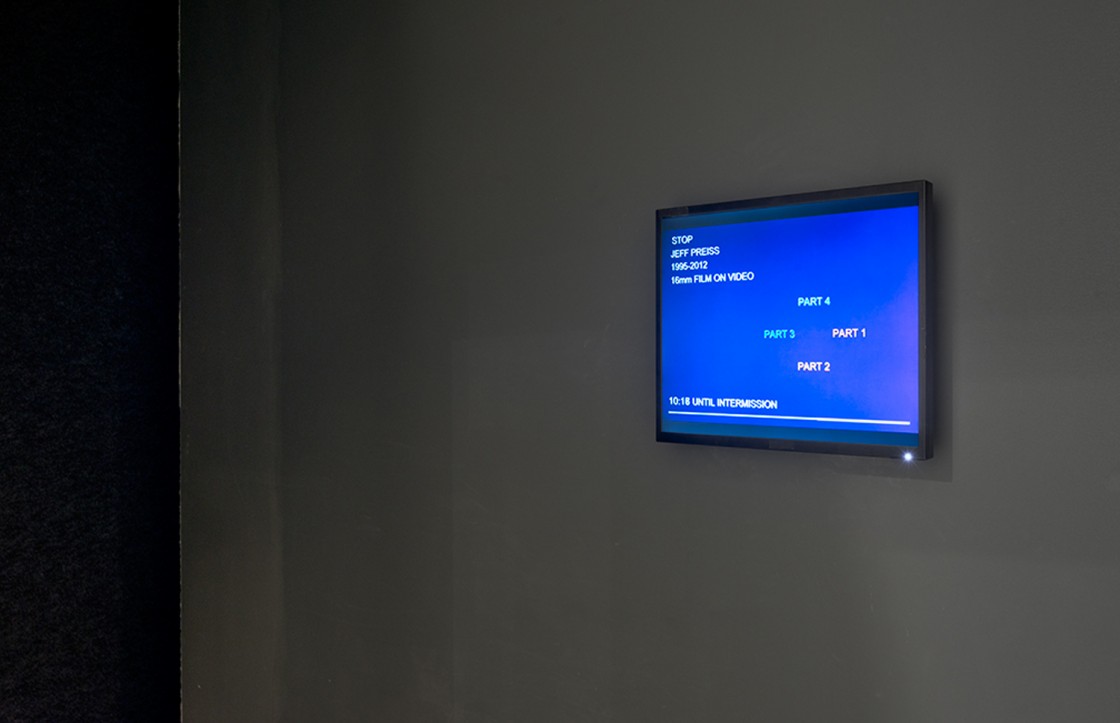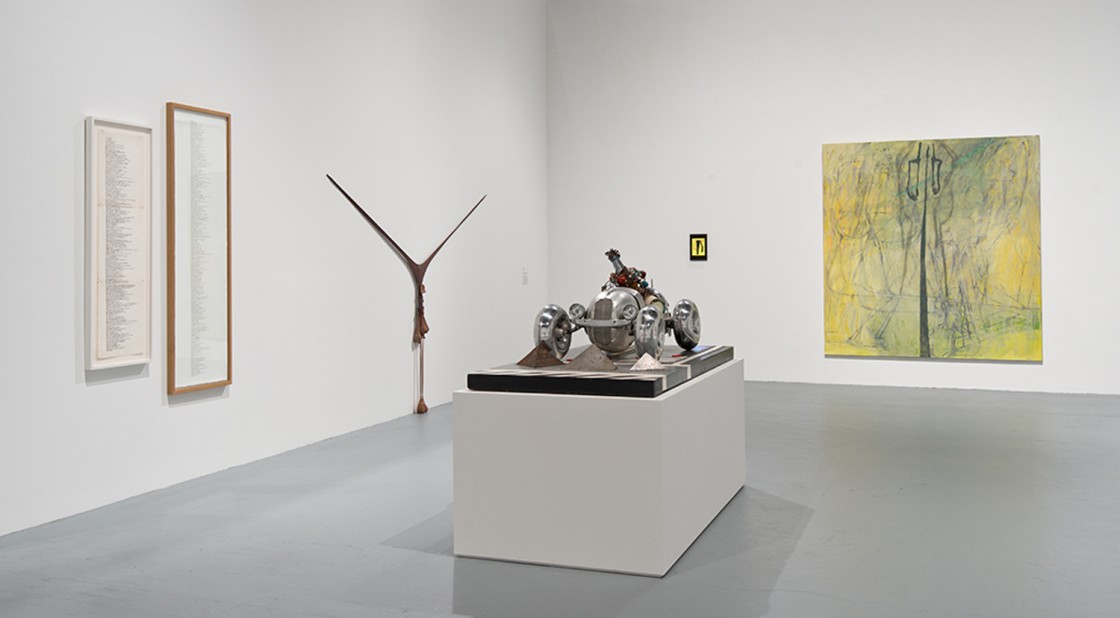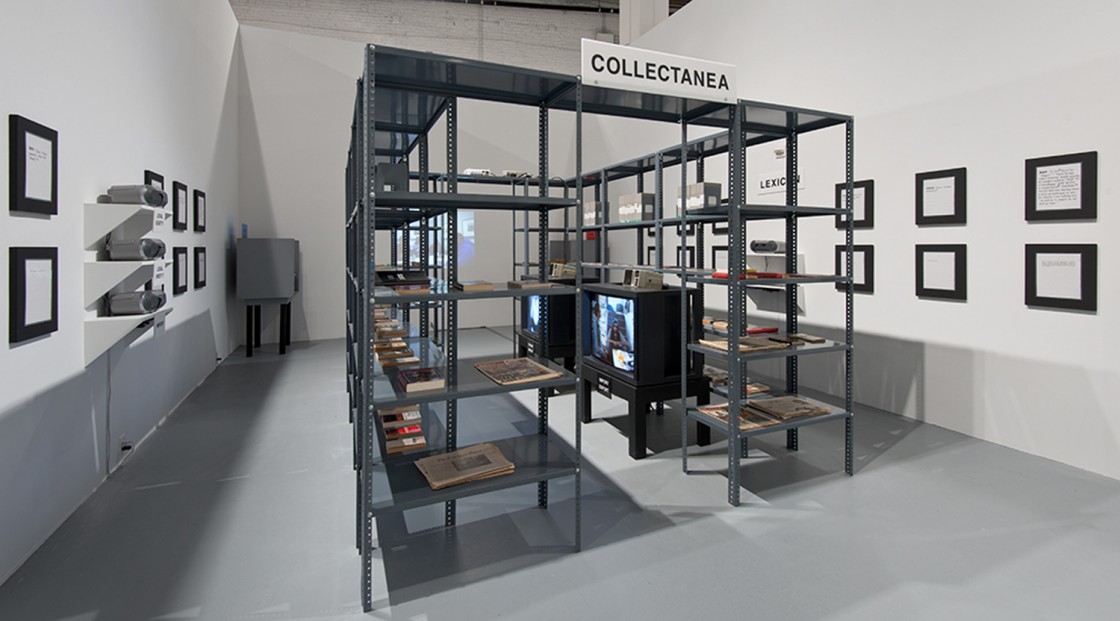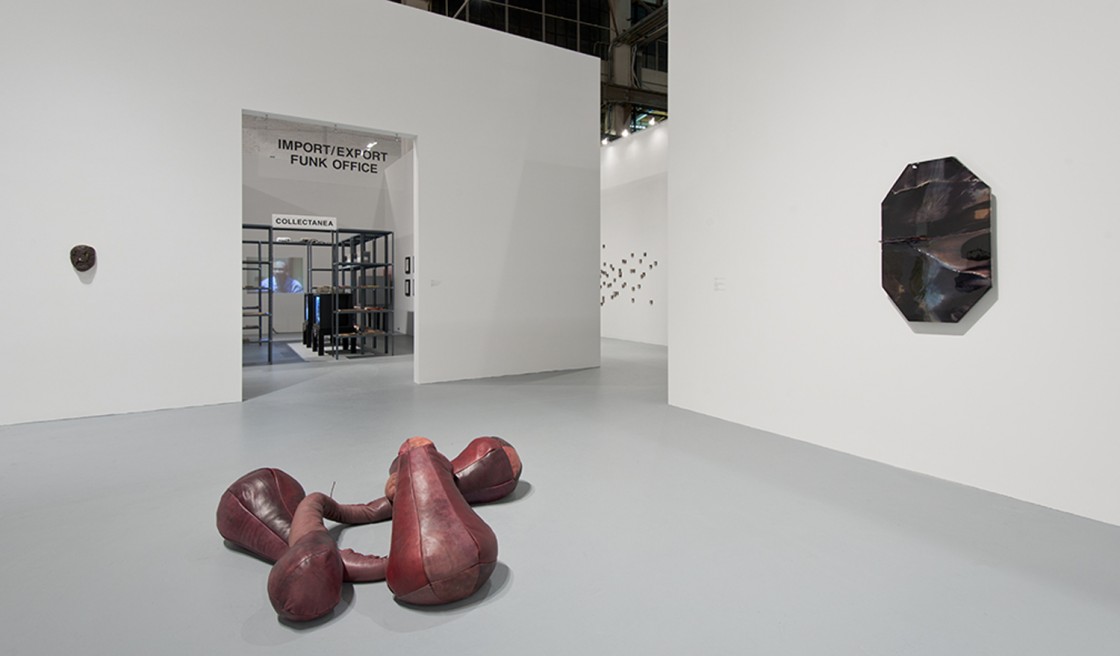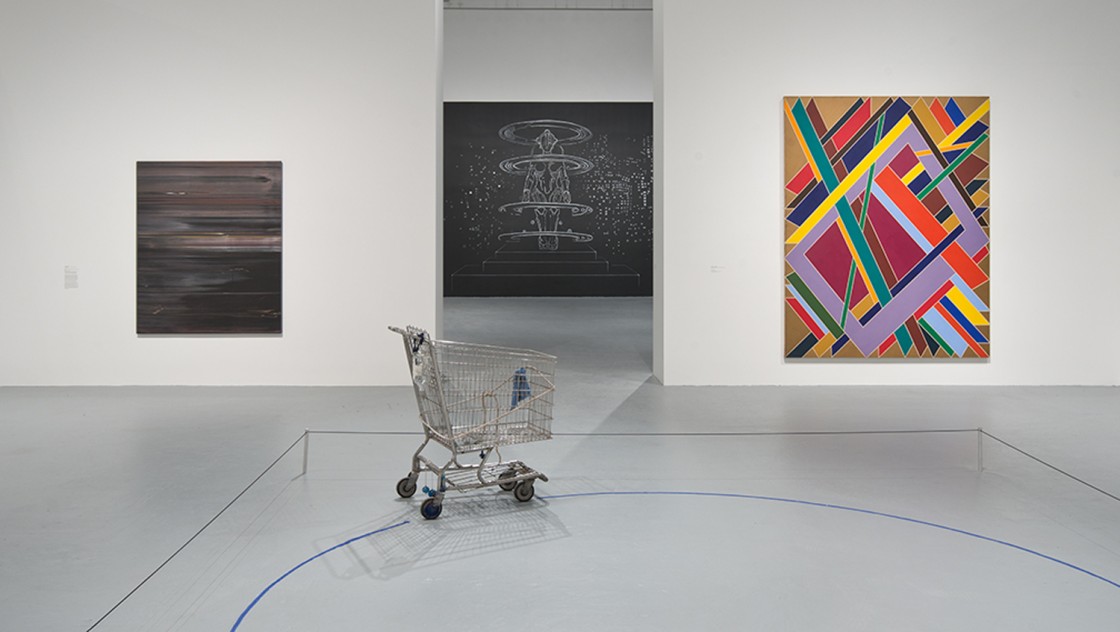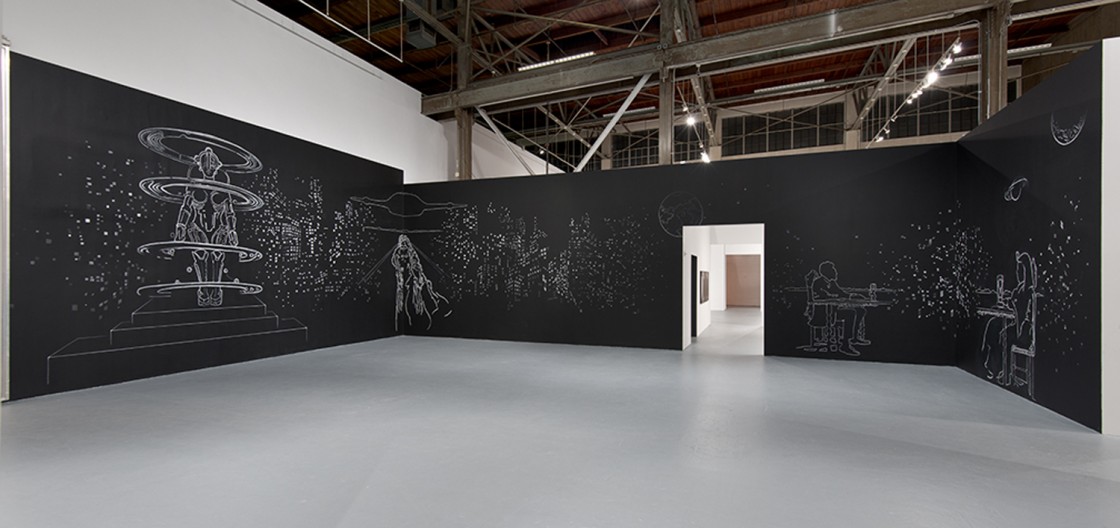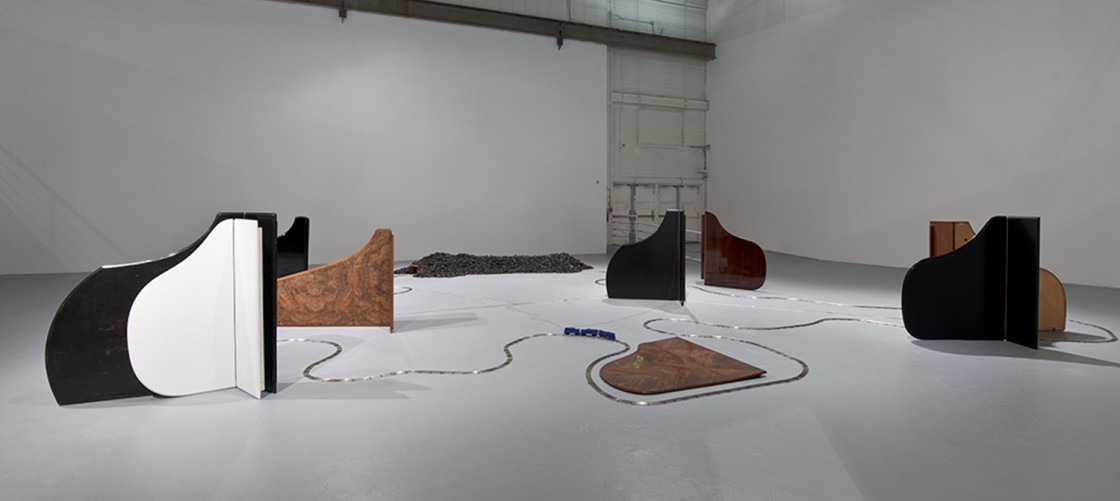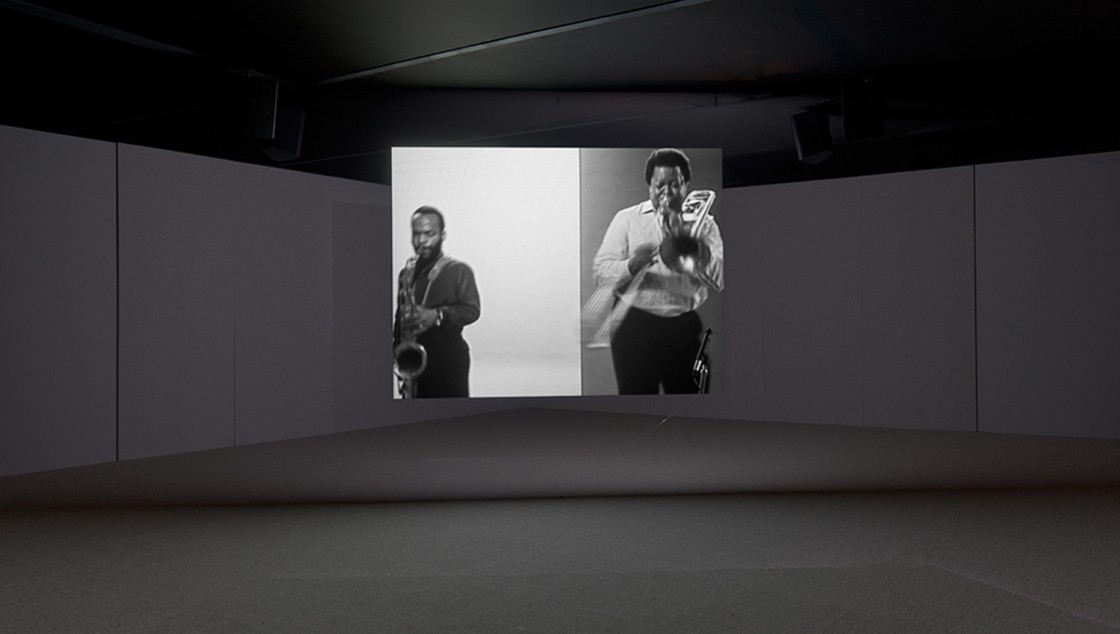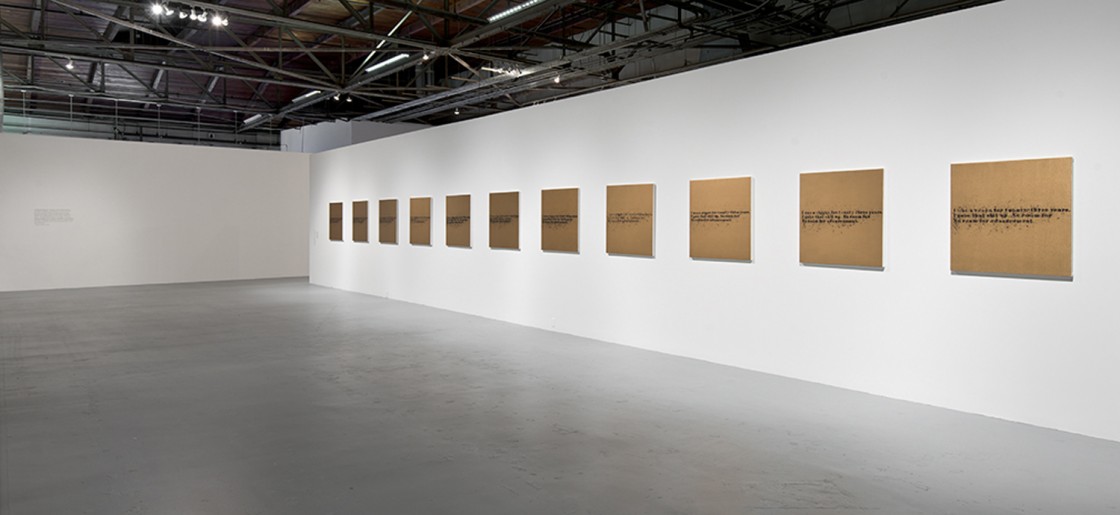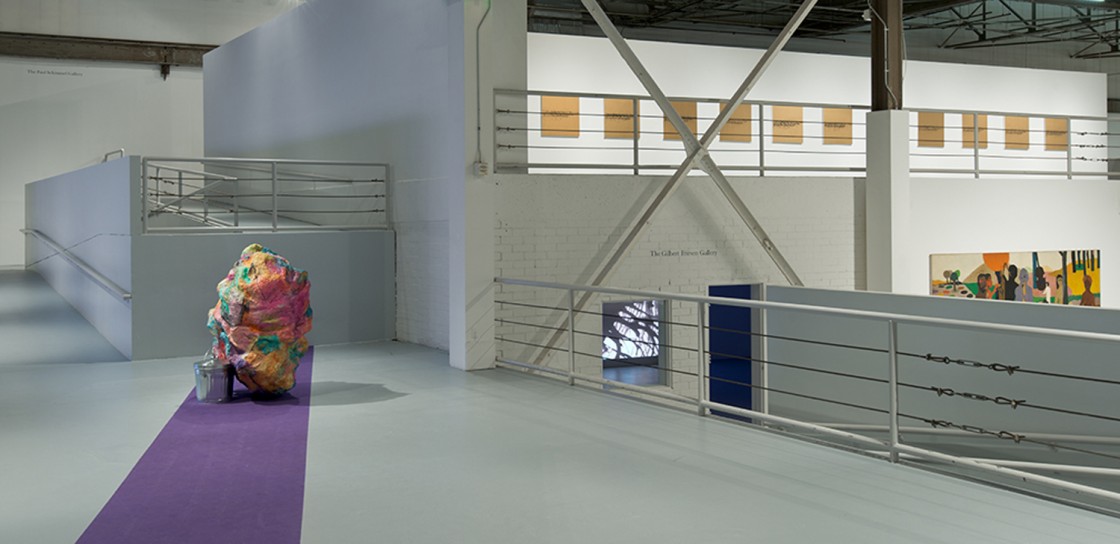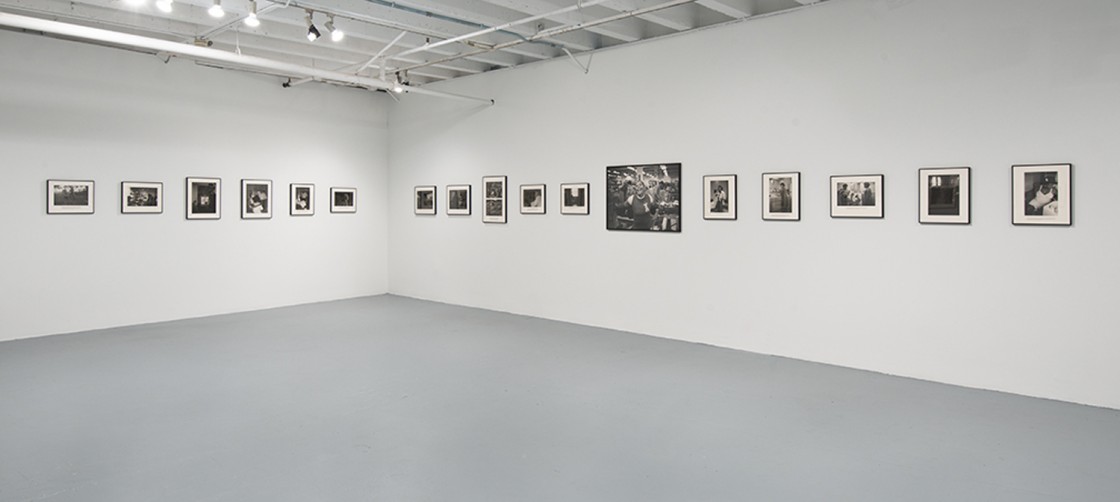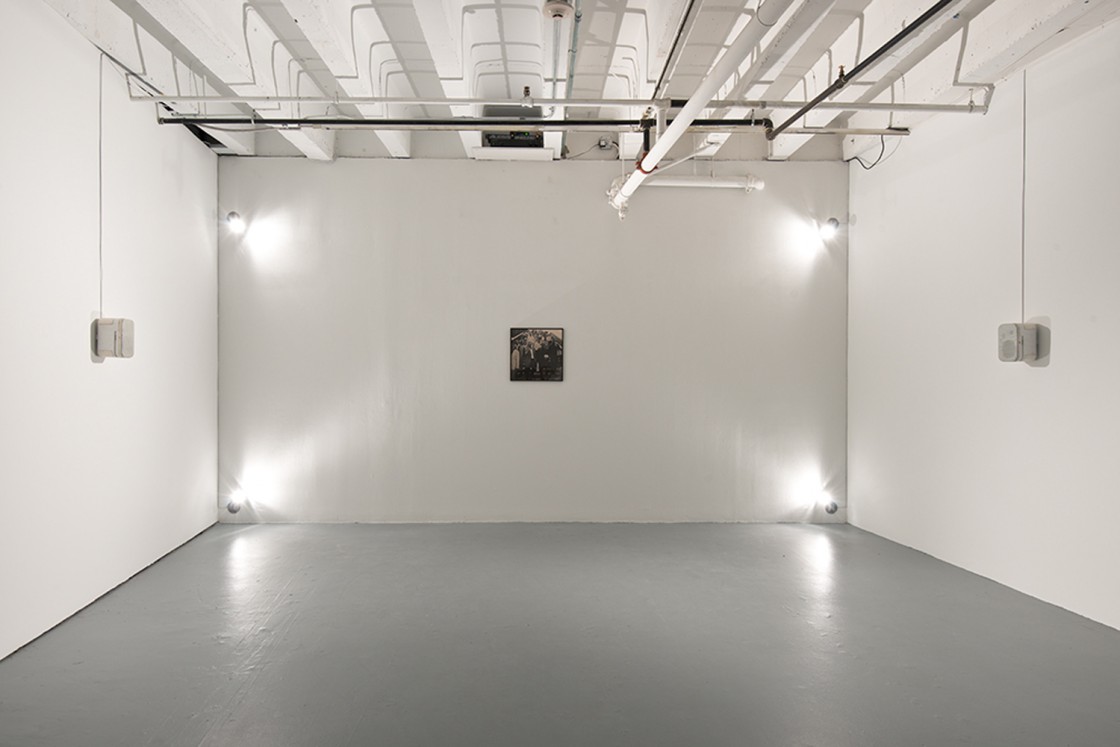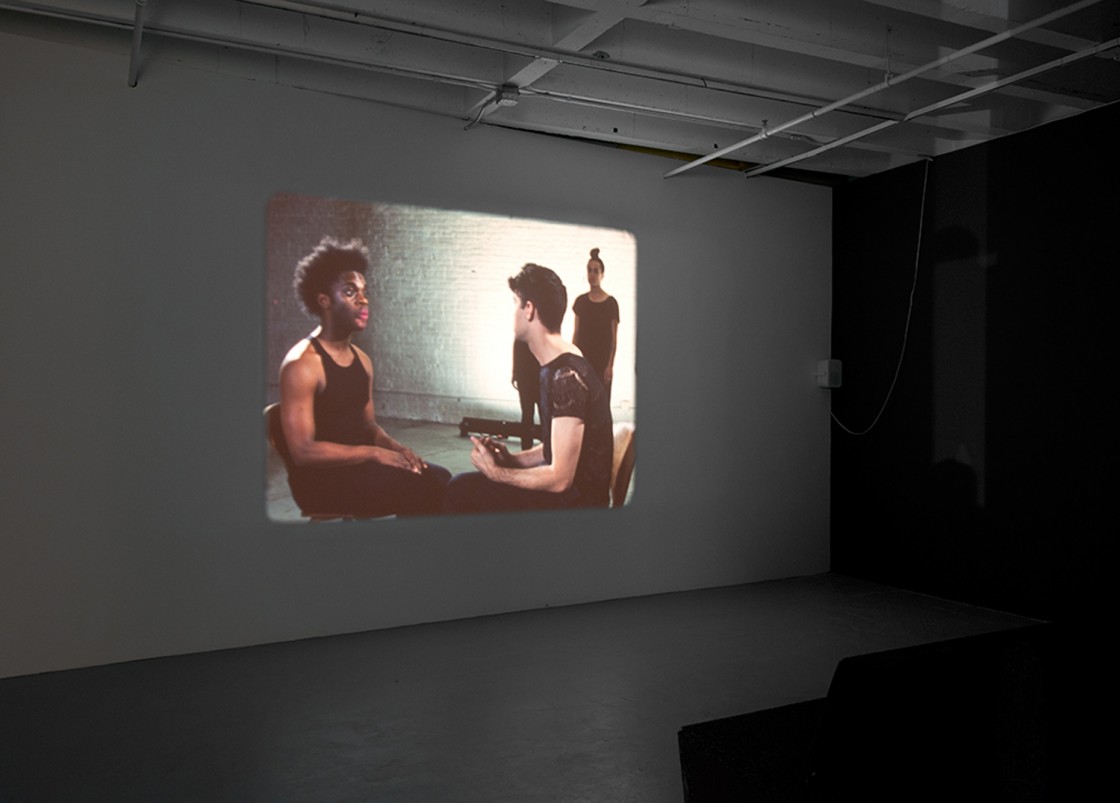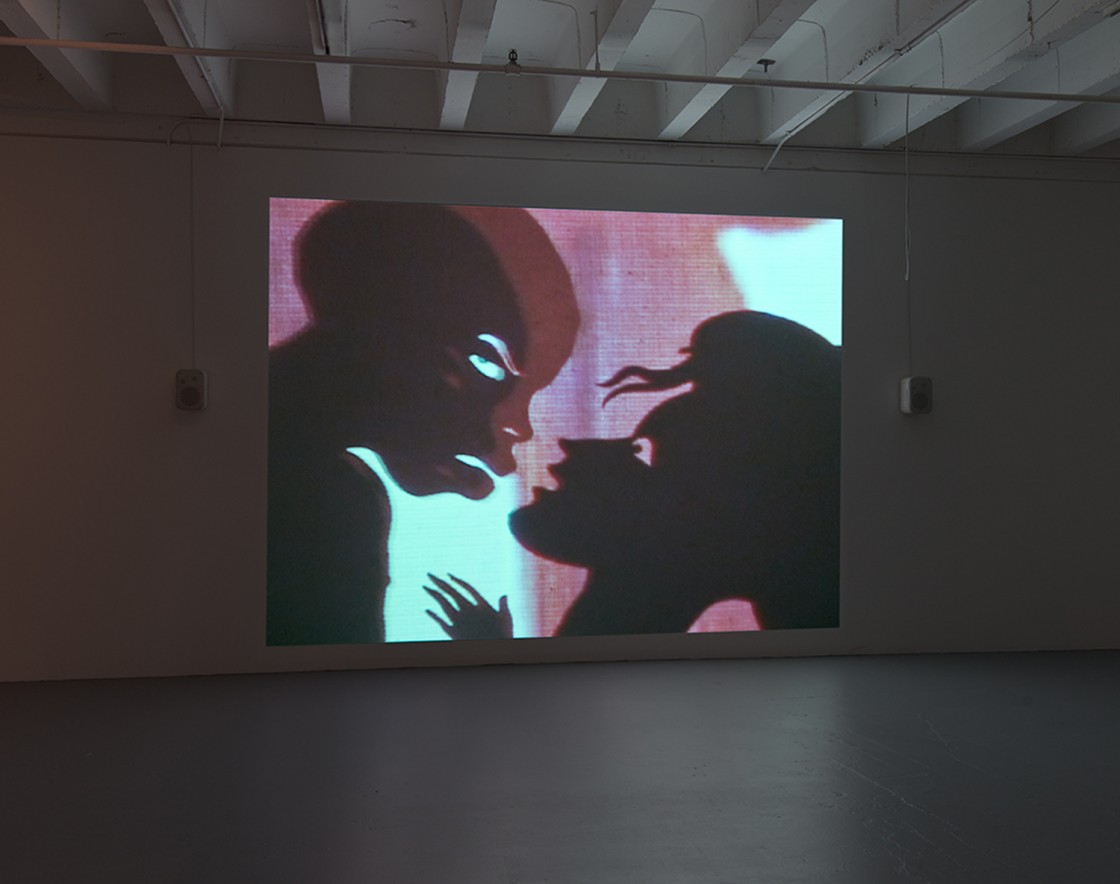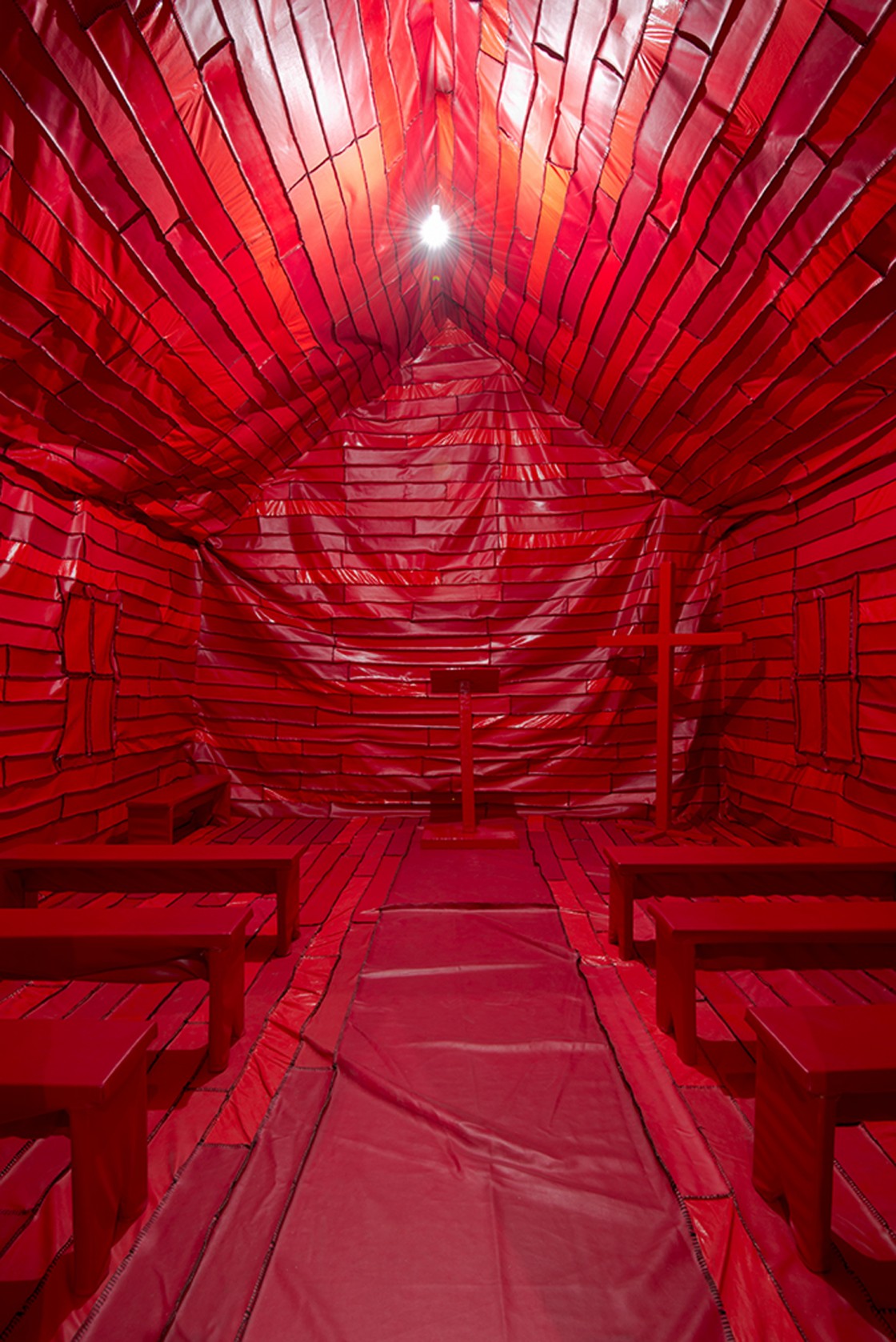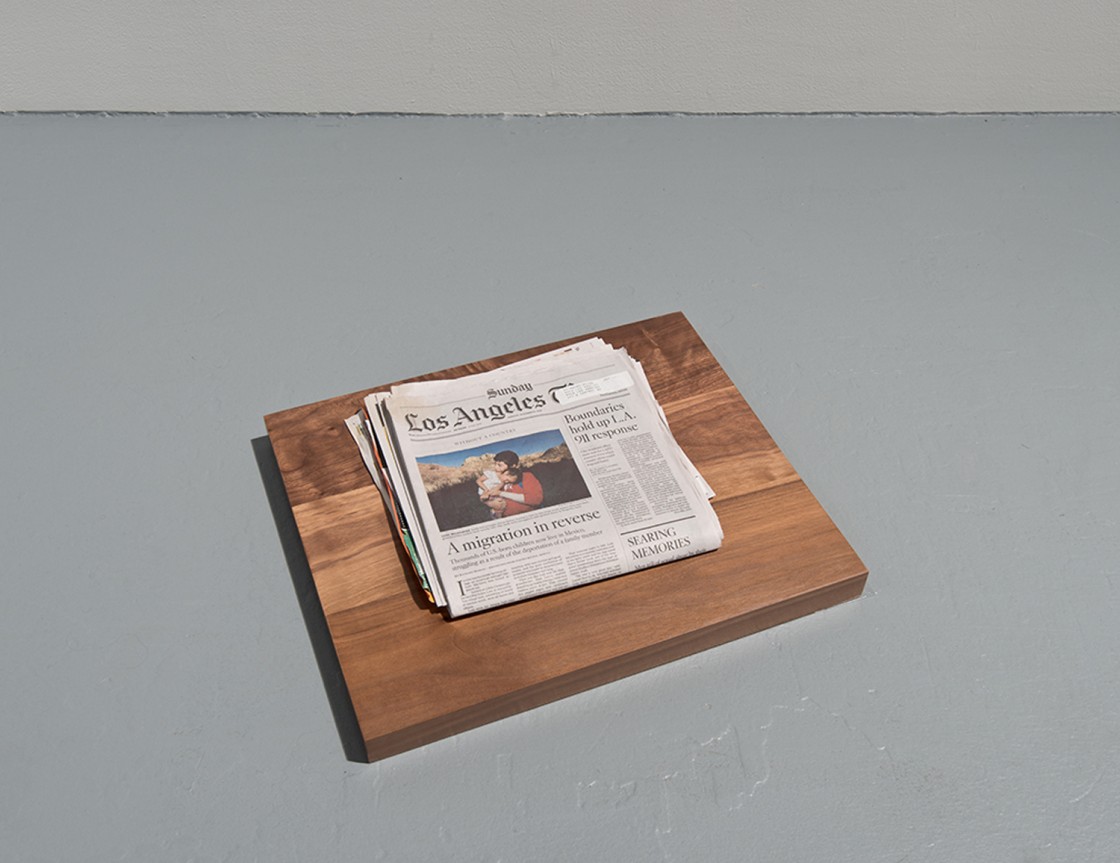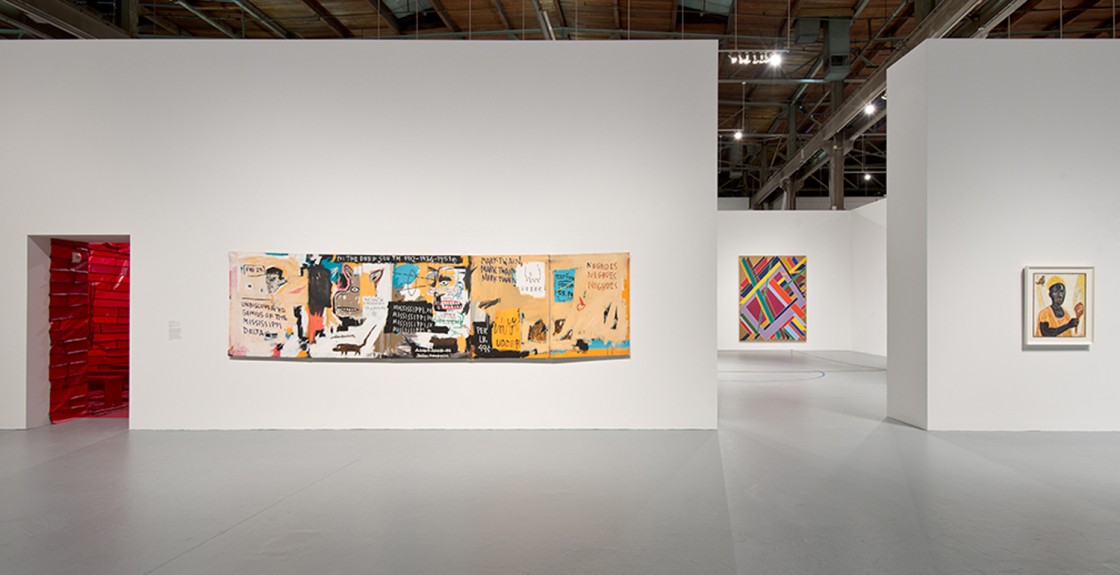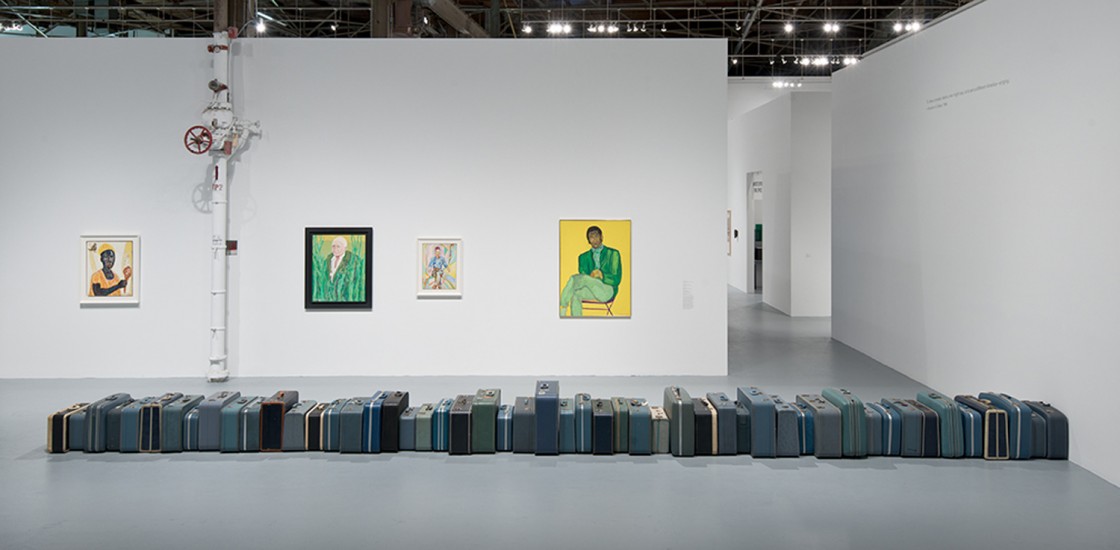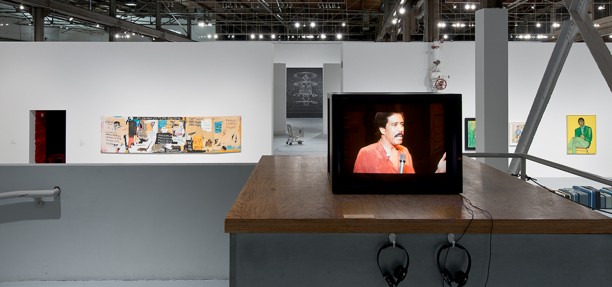The Museum of Contemporary Art is proud to present Blues for Smoke, a major interdisciplinary exhibition exploring a wide range of contemporary art, music, literature, and film through the lens of the blues and blues aesthetics. Turning to the blues not simply as a musical category, but as a web of artistic sensibilities and cultural idioms, the exhibition features works by more than 50 artists from the 1950s to the present, including many commissioned specifically for this occasion and others never before shown in Los Angeles, as well as a range of musical, filmic, and cultural materials. Blues for Smoke was developed over several years by MOCA Curator Bennett Simpson, in close consultation with artist Glenn Ligon.
Throughout the past century, writers and thinkers such as Zora Neale Hurston, Ralph Ellison, Albert Murray, Amiri Baraka, and Cornel West have asserted the fundamental importance of the blues not just to American music (in its course from the blues proper through jazz, R&B, rock, and hip-hop), but to developments in literature, film, and visual art. In all its diversity, the blues has been called one of the greatest cultural inventions to emerge from American modernism. Along with jazz, its close relation, it has even been called America's classical music. In some sense, everyone gets the blues. But what could the blues mean for contemporary art? What ideas, forms, and feelings could it direct us to? How is the blues more than music? Where might it be found today? And why would we look for it?
“Blues for Smoke continues MOCA’s history of examining major social and cultural developments and their impact on artistic production,” says Director Jeffrey Deitch, building upon such celebrated examples as Out of Actions: Between Performance and the Object, 1949-1979, WACK! Art and the Feminist Revolution, and Art in the Streets.
Ambitious, cross-cultural, and sensitive to history’s influence on the present, Blues for Smoke positions the blues as an imaginative terrain perfectly suited to questions of identity and expression in this Age of Obama. Though our moment is often called post-identity or post-black, this exhibition argues for the vitality and innovation at the core of the blues tradition, and for the forms and aesthetics of African-American culture more generally, as major catalysts of experiment within modern and contemporary art. Presenting an uncommon heterogeneity of subject matter, art historical contexts, formal and conceptual inclinations, genres and disciplines, Blues for Smoke holds artists and art worlds together that are often kept apart, within and across lines of race, generation, and canon. The exhibition resists telling a single story based on the assumed self-evidence of a category or culture, but maintains the urgency for a multiple-meter of ostensibly divergent narratives.
“Though it takes up ideas from the past, this exhibition is pitched at the present moment,” says Curator Bennett Simpson. “The questions and topics the blues makes us think about, from ambivalent feelings to form as cultural expression, are fundamental to recent art. As I see it, the blues is about anticipation.”
Bringing together works and contexts in the contemporary period that contribute to the ongoing definition of a blues aesthetic, the exhibition is organized around a group of thematic topics resonant in the blues: articulations of domestic life; modes of abstraction and repetition; self-performance and extravagant subjectivity; ecstatic and cathartic expression; an impulse towards archives and reference; and metaphors of hauntedness and memory. Certain works in the exhibition for instance, Romare Beardens collaged narratives of everyday life, Roy DeCaravas atmospheric photographs of music halls, or expressionistic depictions of music legends in paintings by Bob Thompson, Jean-Michel Basquiat, and Jutta Koether fall within familiar blues territory. Others communicate aspects of the blues without naming them as such: the discrepant abstraction of paintings and sculptures by Jack Whitten, Alma Thomas, and Melvin Edwards; the performance of resistant, extravagant subjectivity in works by David Hammons, Jimmie Durham, and Rodney McMillian; or an emphasis on archives, cross-cultural interpretation, and memory, for instance, in Glenn Ligons “Richard Pryor” paintings, Reneé Green’s installation Import-Export Funk Office (1992-93), or Stan Douglas’s video installation Hors-champs (1992). Works by Zoe Leonard, Mark Morrisroe, Carrie Mae Weems, and Lorraine O’Grady, among others, suggest intersections of sexual politics that have always marked the intimacy of the Blues as simultaneously personal and social.
Blues for Smoke will be installed in 24,000 square feet of gallery space at The Geffen Contemporary at The Museum of Contemporary Art, Los Angeles. In addition to the many artworks that feature music or have audio components, the exhibition will present a range of listening posts and video viewing stations, as well as contextual displays of books, photographs, and other documentary material. Highlights include: Muhal Richard Abrams, The Art Ensemble of Chicago, Bad Brains, Erykah Badu, Azealia Banks, Kamau Brathwaite, Jaki Byard, Anthony Davis, Death Grips, Samuel Delany, Duke Ellington, Henry Flynt, Son House, Skip James, Abner Jay, Bob Kaufman, Jeanne Lee, Minor Threat, Thelonious Monk, Amina Claudine Myers, Richard Pryor, Shabazz Palaces, Sun Ra, Horace Tapscott, Cecil Taylor, Bukka White, Mary Lou Williams, The Wire (David Simon/HBO), and Howlin’ Wolf.
Following its presentation at MOCA, Blues for Smoke will travel to the Whitney Museum of American Art, New York, where it will be presented February 6-April 28, 2013. The Whitney’s participation extends a special history of collaboration between the two museums, following upon recent partnerships including Robert Smithson; Gordon Matta-Clark: You Are the Picture; Lawrence Wiener: As Far As the Eye Can See; and Dan Graham: Beyond (also co-curated by Bennett Simpson, with the Whitney’s Chrissie Iles).
Blues for Smoke is accompanied by a fully-illustrated catalogue co-published by MOCA and Prestel/Delmonico. In addition to an essay by the curator over-viewing the exhibition’s artworks and themes, the book features a wide range of critical, artistic, and literary voices. Newly commissioned essays by artist Glenn Ligon (on the blues imagination of the hit HBO drama The Wire) and musician and historian George E. Lewis (on the blues in relation to avant-gardism and ideas of improvisation) join commissioned poems by Greg Bordowitz, Fred Moten, and Nathaniel Mackey, and an artist statement by Jack Whitten. Reprints include Wanda Coleman’s seminal essay “My Blues Love Affair,” an essay meditation on growing up with the blues in black Los Angeles of the 1950s and 1960s, and excerpts from Harryette Mullen’s major lyric poem cycle Muse and Drudge. The publication features an extensive bibliography and discography compiled by the curator.
ARTISTS: Jean-Michel Basquiat, Romare Bearden, Gregg Bordowitz, Mark Bradford, Kamau Brathwaite, Ed Clark, Roy DeCarava, Beauford Delaney, Jeff Donaldson, Stan Douglas, Jimmie Durham, Melvin Edwards, William Eggleston, Charles Gaines, Renée Green, David Hammons, Kira Lynn Harris, Rachel Harrison, Barkley L. Hendricks, Leslie Hewitt, Martin Kippenberger, Jutta Koether, Liz Larner, Zoe Leonard, Glenn Ligon, Kerry James Marshall, Barbara McCollough, Dave McKenzie, Rodney McMillian, Mark Morrisroe, Matt Mullican, Senga Nengudi, Kori Newkirk, Lorraine O’Grady, John Outterbridge, Adrian Piper, William Pope.L, Jeff Preiss, Amy Sillman, Lorna Simpson, Henry Taylor, Alma Thomas, Bob Thompson, Wu Tsang, Kara Walker, Carrie Mae Weems, William T. Williams, Martin Wong.
Blues for Smoke is made possible in part by a grant from The Andy Warhol Foundation for the Visual Arts.
Major support is provided by Carolyn and William Powers and Mandy and Cliff Einstein.
Generous support is provided by Fiat.
Additional support is provided by Blake Byrne and Justin Gilanyi, Karyn Kohl, Shaun Caley Regen, Sol Republic, Susanne Vielmetter Los Angeles Projects, Catharine and Jeffrey Soros, Kathi and Gary Cypres, John Rubeli, Robert Galstian, Greene Naftali, New York, Dori and Charles Mostov, and Paula and Allen Rudnick.
In-kind support is provided by BG Images.
In-kind media support is provided by KCRW 89.9 FM, and Los Angeles magazine.
